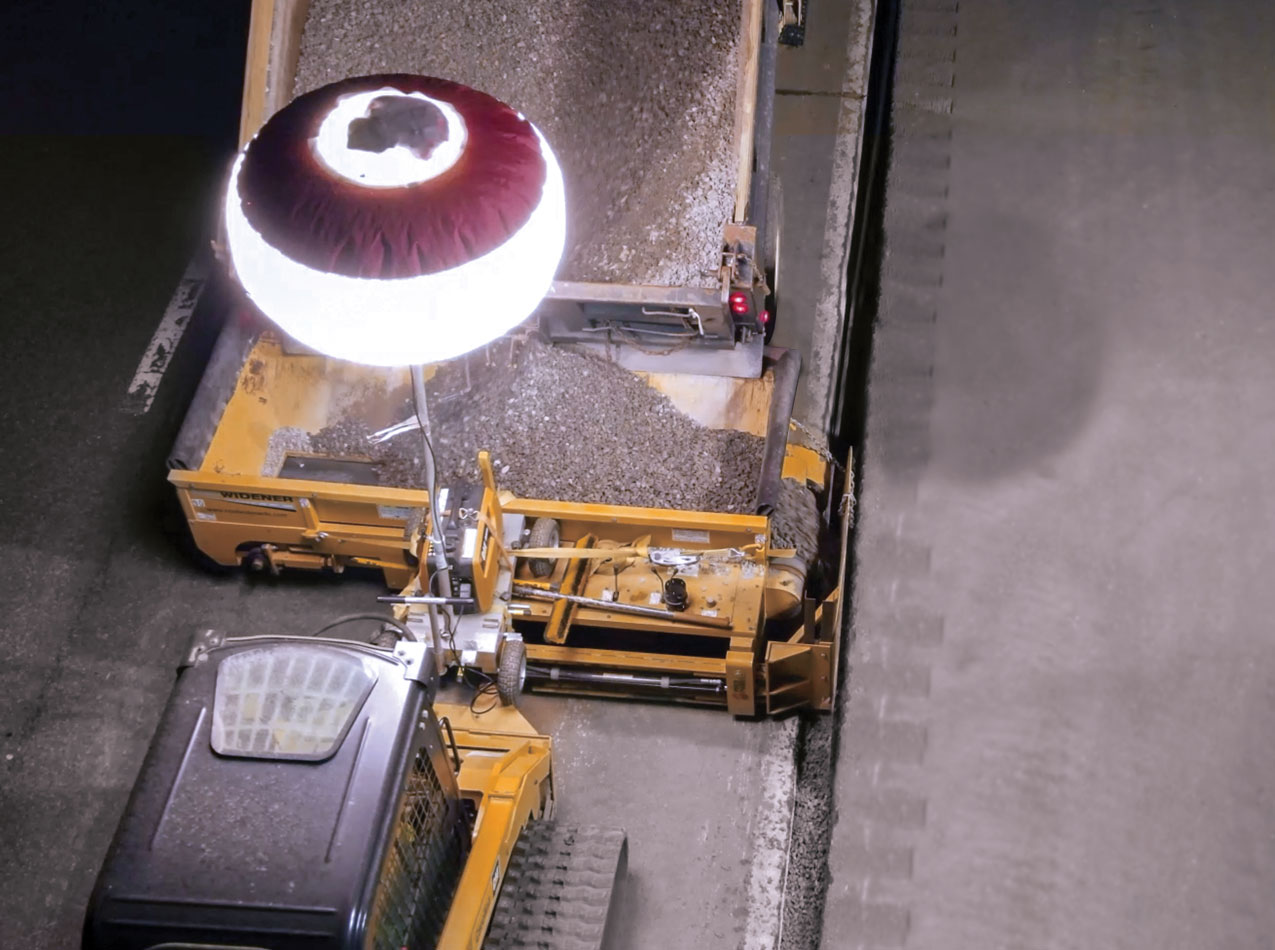Share this post
Three considerations to take your fleet’s efficiency to the next level.
As more and more infrastructure projects begin, following the passing of the Bipartisan Infrastructure Investment Act, there is a strong push to move above-ground utility lines underground. Numerous advantages come with moving electricity lines, telephone wires and water pipes underground; however, underground utility work is expensive and tedious. The process involves inefficient installation methods and extremely costly solutions.
But underground utility line installation doesn’t have to be this way. Road Widener utility construction attachments provide contractor’s a simple solution that cuts labor costs and offers unrivaled safety, all while connecting to the equipment they already own.
Dig the Way you Backfill
Proper backfilling is a must for protecting underground utility lines and pipes. Utility lines undergo an extreme amount of pressure. Burying these lines requires special consideration to prevent impact loading. Backfilling is traditionally done in layers or lifts through a four-step process.
Road Widener’s FH-R material placement attachment cuts the time-intensive four-step process in half. The FH-R streamlines common utility trench backfilling by dispensing the material via remote control in adjustable laydown widths. Utility contractors can dispense 20 tons of material in under 10 minutes, without the need for additional scraping or sweeping.
Not only does this attachment boost efficiency, but it also helps enhance safety. The FH-R reduces the number of people involved in the backfilling process. Its remote-controlled operation enables single-operator control. Plus, the attachment also offers low traffic interference. The left, right or dual dispensing configurations allow you to backfill regardless of which side of the road the trench is on.
Road Widener attachments also have options for below-grade backfilling. The new VariLift product, for example, is ideal for utility and trench backfilling because of its height adjustment capabilities, allowing for more consistent and efficient backfilling applications.
Working with the FH-R and VariLift attachments means contractors can enhance the efficiency, safety and quality of their utility trench backfilling applications while utilizing the equipment they already own.
Roll with the Trenches
Once the FH-R lays material in place, utility contractors can easily attach the Offset Vibratory Roller to their host machine to safely compact the backfilled trench. The Offset Vibratory Roller’s patented design allows the operator to drive safely on flat ground, while its offset arm attachment compacts the material in the danger zone. Compaction projects are notoriously dangerous because of the risk of rollover accidents. The Offset Vibratory Roller reduces these risks to increase project safety.
Proper backfilling compaction is essential to help prevent utility line bending by deflecting external loads. The Offset Vibratory Roller offers state-of-the-art compaction that can prevent cracking, splitting, leaking and eventually failure of utility lines.
Backed by Service
Road Widener offers service beyond the sale. Our attachments require less maintenance and provide more precision, meaning minimal downtime for your crew. With the ability to connect to the equipment you already own, a Road Widener attachment seamlessly fits into your business and improves trench backfilling productivity.
Learn more about how Road Widener can optimize your utility construction applications and book your demo today!

<h3>Western Region</h3><h4>Ross Ordinario</h4>
<a href=”tel:+19519706717″>+1 951-970-6717 </a><br><a href=”mailto:ross.ordinario@roadwidenerllc.com”>ross.ordinario@roadwidenerllc.com</a><br>